Week 12: Galileo and Gravity
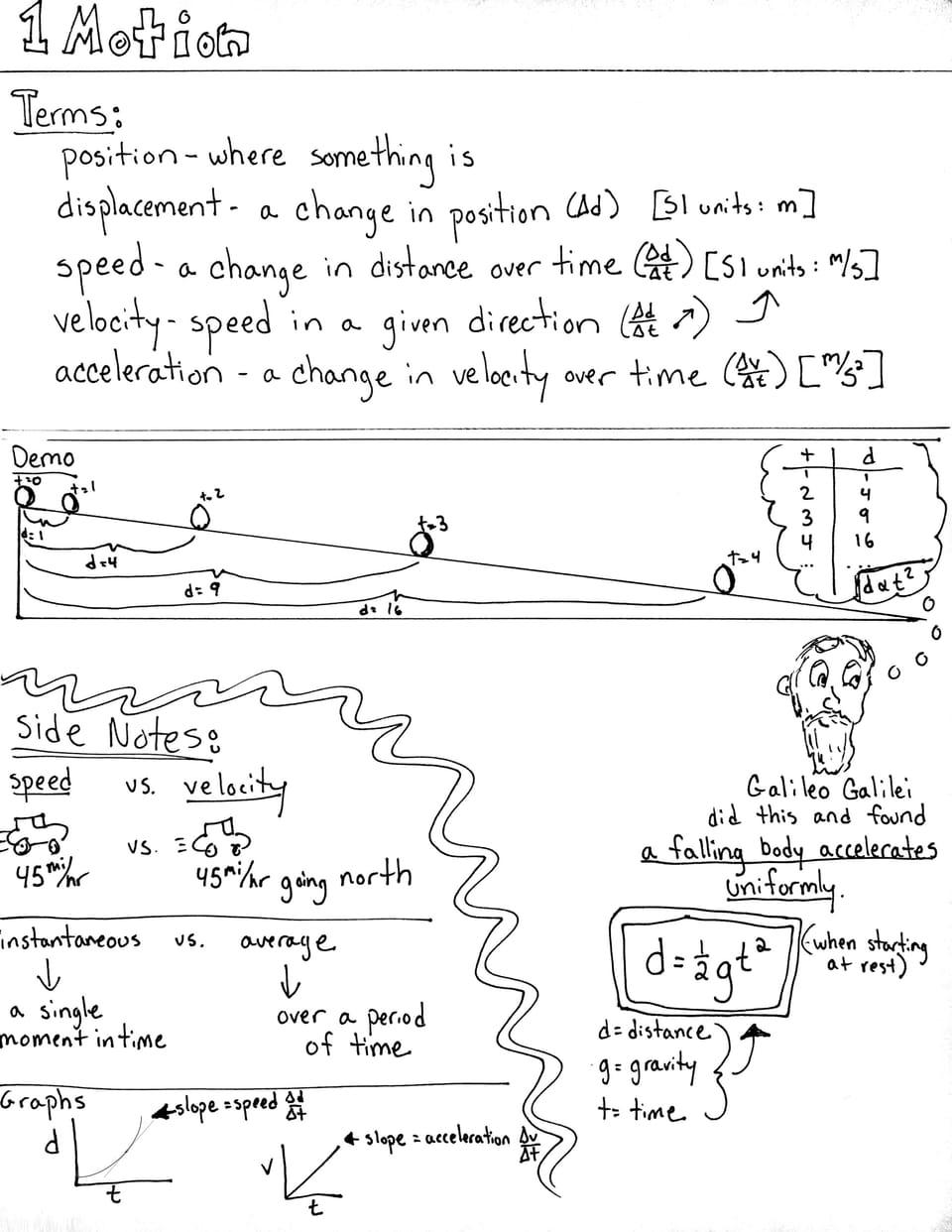
This week we are going to take a look at applied math. Learners will be given a ramp (this can be a ruler), a ball that fits on the ramp, measurement device (ruler) and a timer. With these instruments learners can investigate the relationship between distance and time as the ball rolls down the ramp. I encourage teachers and facilitators not to give too much procedure here and let students come up with the way they will execute an experiment and record their data. I usually go with a 10-15 minute “sweat-it-out” period before I give them any hints.
This exercise is a great intro into calculus concepts like “instantaneous velocity” and derivatives of functions that model falling bodies. I think this is fun to do with middle schoolers and up. You can plot your functions and then draw the tangents to the curve and find slopes (this is fun in groups).
If students are stuck, hints may look like this:
- Have you set up an experiment that you can repeat to get multiple samples?
- What time intervals are you going to try to record? how far has the ball rolled with zero seconds? 1 second? 2 seconds?
- Once you have your data, can you plot it to see if there is a relationship? Is it a direct variation?
- If you plot the relationship, what type of curve is it? Can you create a function for that curve?
Here is a sheet I had for a class that students received after completing their experiments:



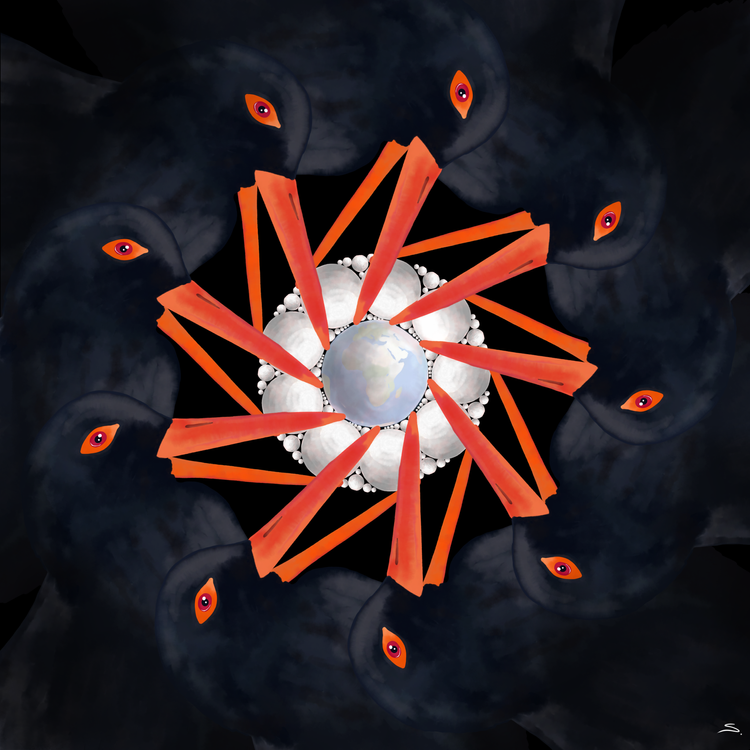
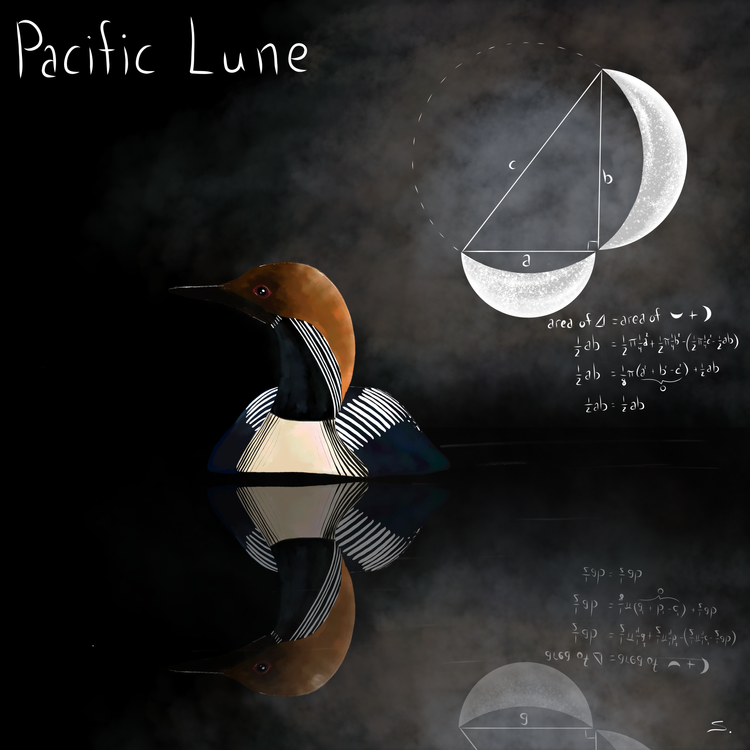
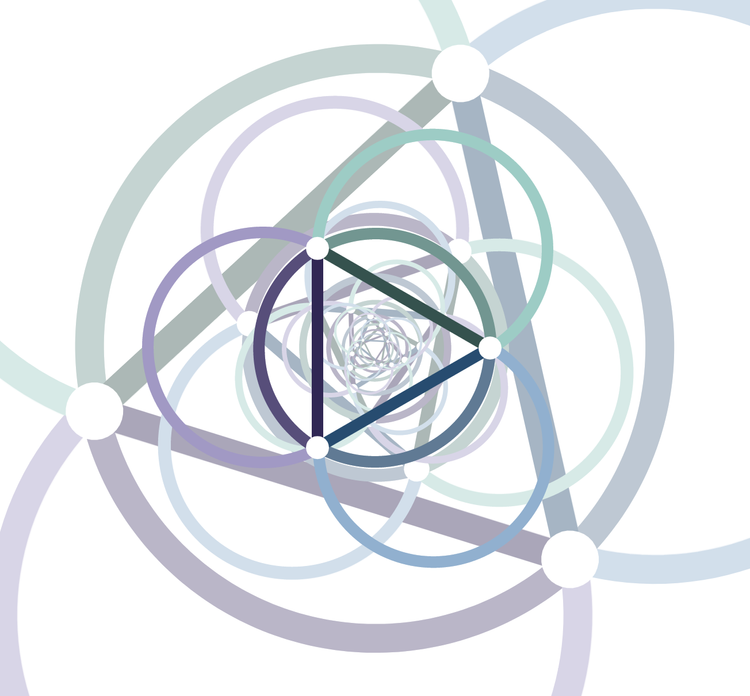
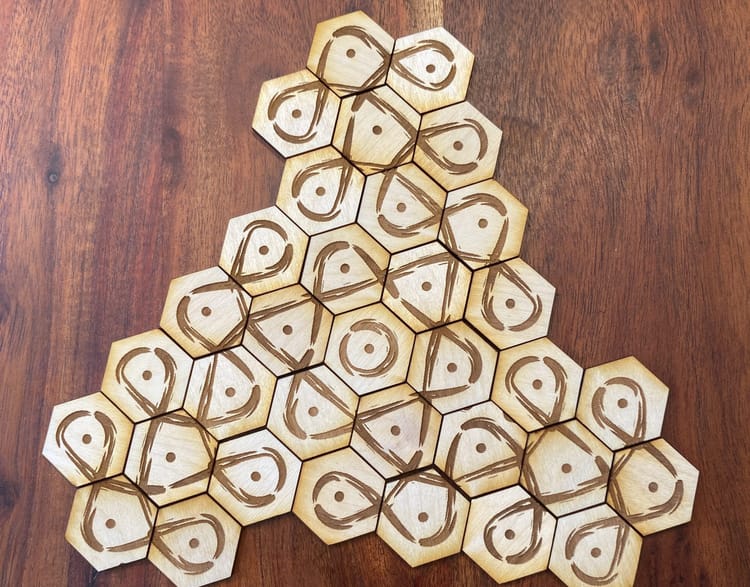
Member discussion